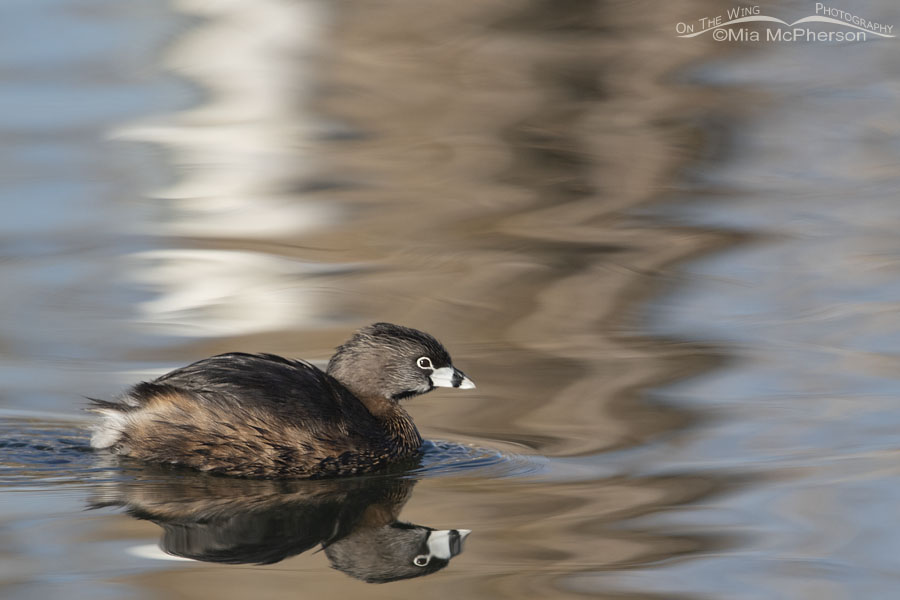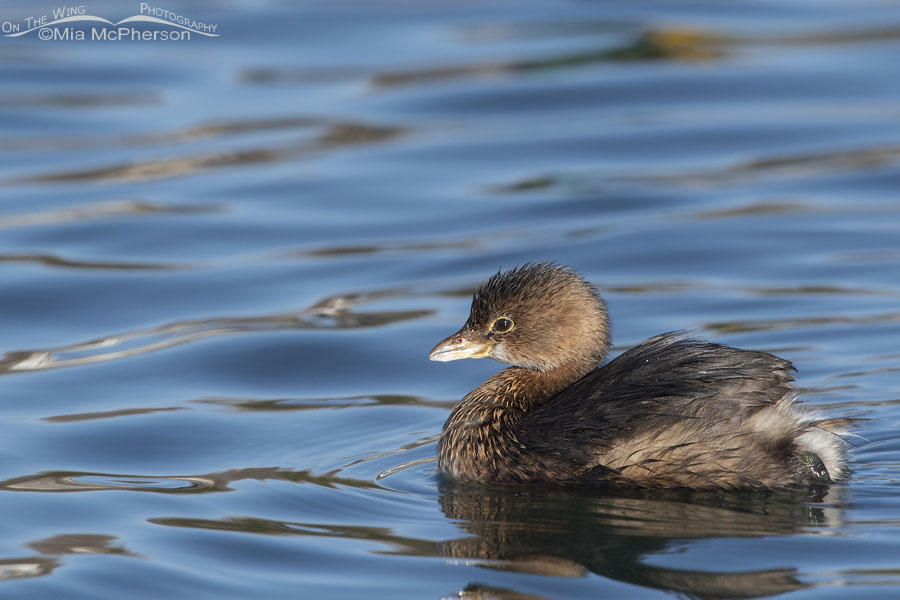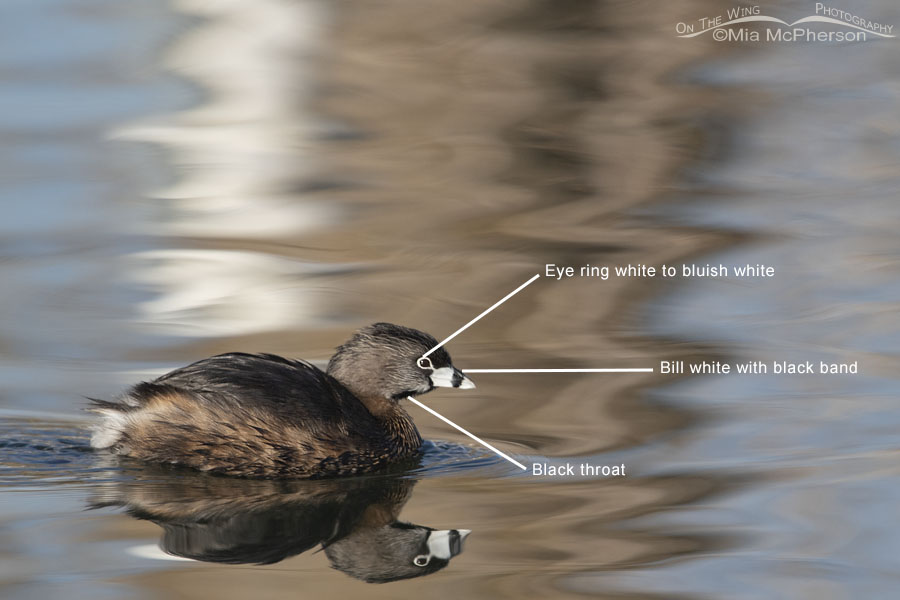 Pied-billed Grebe going into breeding plumage in January 2022 – Nikon D500, f7.1, 1/1250, ISO 500, +0.3 EV, Nikkor 500mm VR with 1.4x TC, natural light
Pied-billed Grebe going into breeding plumage in January 2022 – Nikon D500, f7.1, 1/1250, ISO 500, +0.3 EV, Nikkor 500mm VR with 1.4x TC, natural light
When I was down at my local pond a few days ago I noticed a Pied-billed Grebe that is going into breeding or Definitive Alternate Plumage. The signs of spring’s arrival are becoming more and more evident to me as the month of January comes close to an end. I keep an eye out for the small things all year long but I probably get the most excited to see the signs of spring because that means spring migration is getting closer.
 Pied-billed Grebe in nonbreeding plumage in January 2021– Nikon D500, f7.1, 1/1600, ISO 500, Nikkor 500mm VR with 1.4x TC, natural light
Pied-billed Grebe in nonbreeding plumage in January 2021– Nikon D500, f7.1, 1/1600, ISO 500, Nikkor 500mm VR with 1.4x TC, natural light
Most of the Pied-billed Grebes I saw on the pond were still in nonbreeding or Definitive Basic Plumage. It won’t be long though before I start to see changes in their bills, eye rings and throats. I photographed this Pied-billed Grebe last January before it started going into breeding plumage and wanted to share it for comparison between the two grebes.
 Pied-billed Grebe going into breeding plumage in January – Key features to look for
Pied-billed Grebe going into breeding plumage in January – Key features to look for
I took the photo of the Pied-billed Grebe going into breeding plumage into my editing program and have shown the features to look for. The eye ring will change to white to bluish white, the bill will turn white and the black band near the tip will become black and the feathers on the throat will darken and change to black. There are other plumage changes that occur but these three things stand out the most to me.
As spring gets closer the Pied-billed Grebes that have spent the winter at my local pond will start to get ready to move to quieter, more marshy locations to breed. I like being down at my local pond when the grebes there are getting ready to move to nesting grounds because a few times I have been able to photograph Pied-billed Grebes in flight which is unusual to see because they rarely fly during daylight hours.
Seeing the Pied-billed Grebe that has started to get its breeding plumage made me realize that spring is only a few weeks away now. I need to get busy photographing the birds that overwinter here because it won’t be long before they are gone and the birds of spring fly in.
Life is good.
Mia
Click here to see more of my Pied-billed Grebe photos plus facts and information about this species.


Very, very interesting narrative and pics. I sure learn a lot from your posts. Thanks Mia.
Very informative with excellent illustration of the changes in appearance as spring draws ever closer. Hard to think of spring as we are in the single digits here in Connecticut and tracking the arrival of a possible blizzard.
Kenneth, in what used to be normal years I’d be expecting blizzards here this time of the year too. That is no more.
The calendar says that spring is getting closer and closer, but it still doesn’t feel like we’ve had enough winter yet. Thank you for sharing these informative grebe shots.
A beauty at every time of the year, and in every ‘outfit’.
WOW – The breeding plumage grebe looks like s/he took stage direction 🙂
Appreciate the notes on breeding plumage field marks.
WOW!
first photo…stunning graphics!
Excellent post, many thanks!